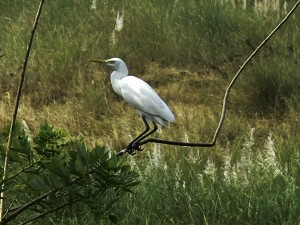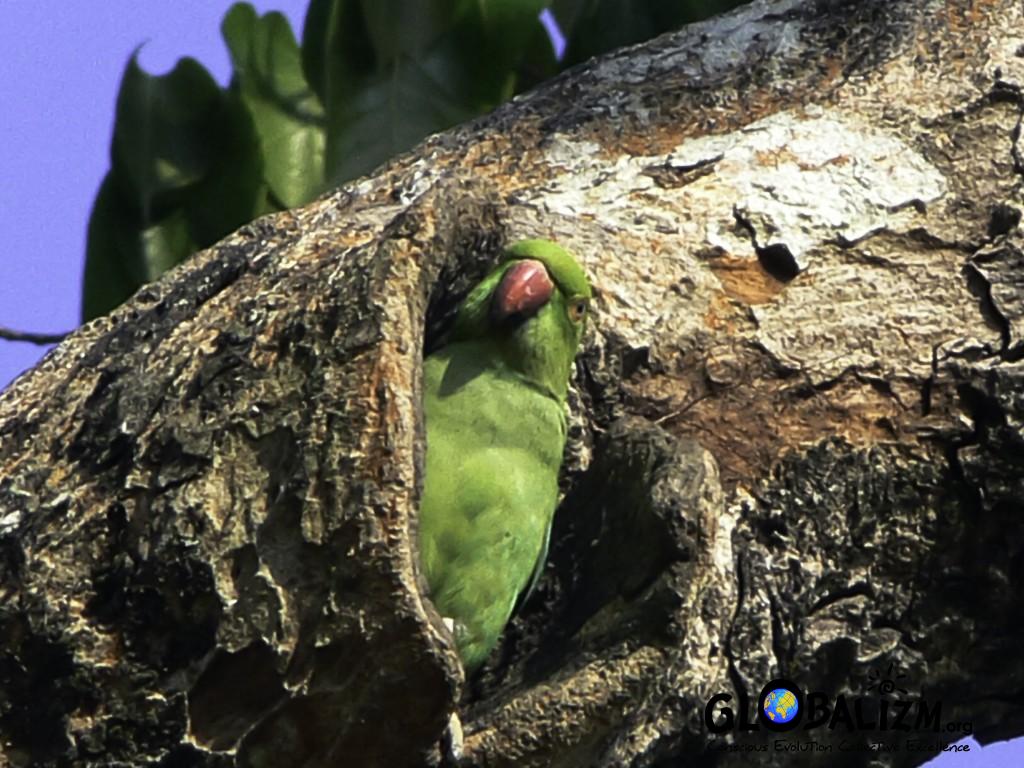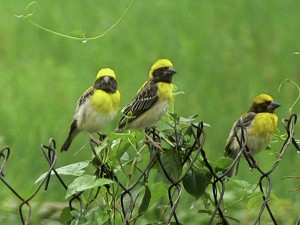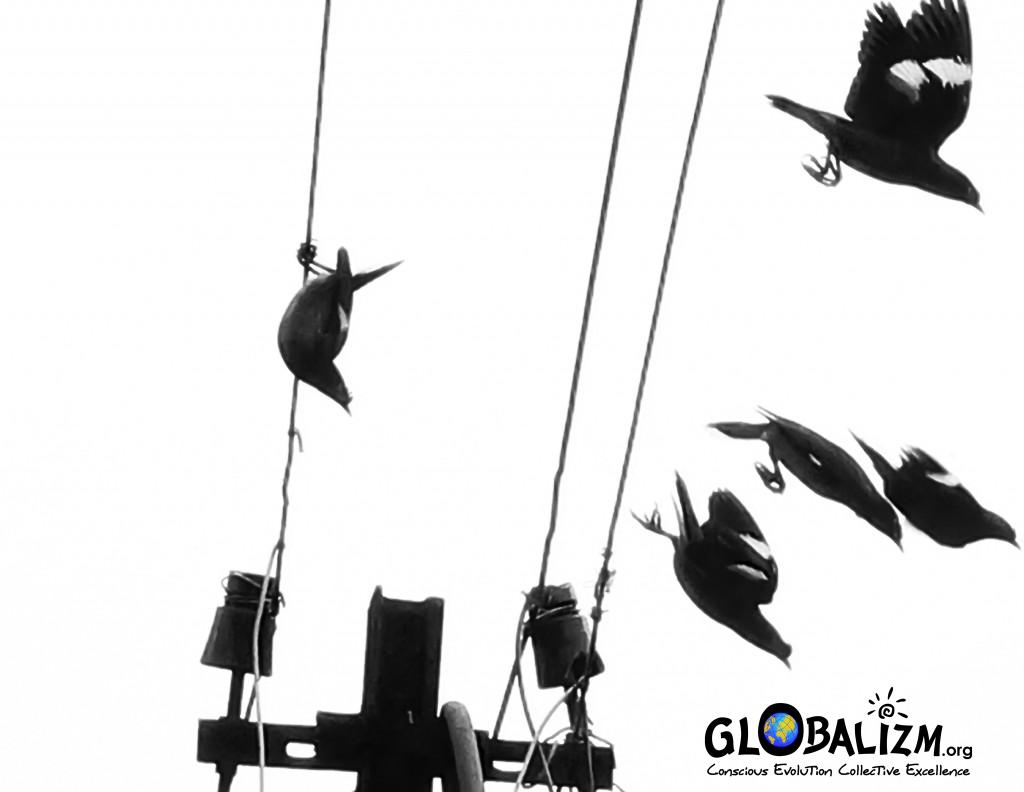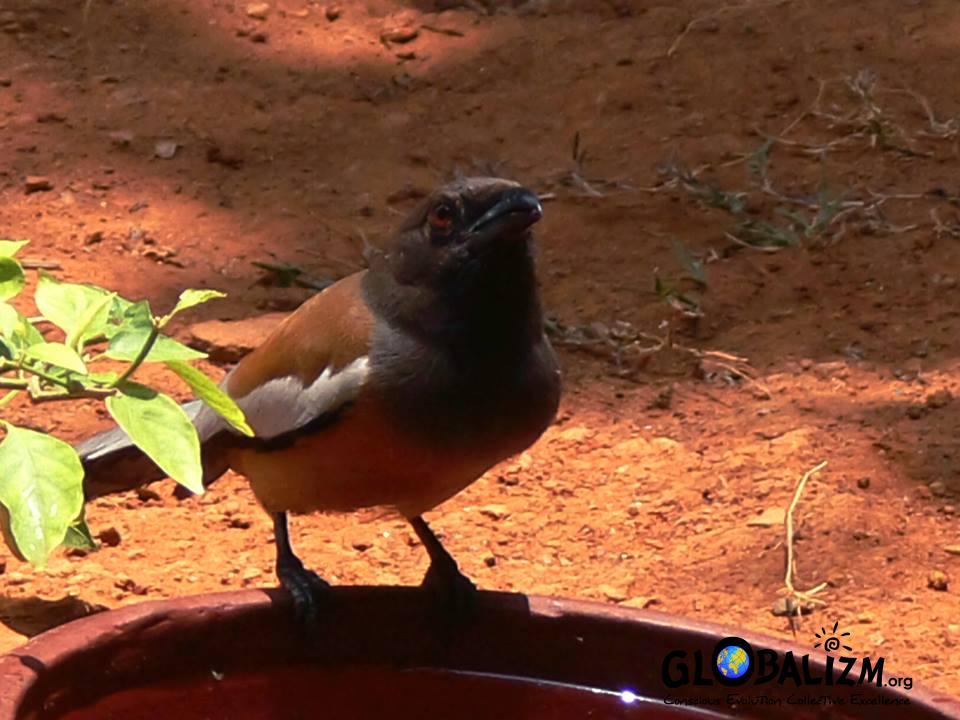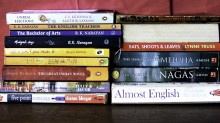
Declutterring my Bookshelf
in Books, Life Style
inspired by #globalite Arch’s posts on #decluttering, #globalite Atticus got a-decluttering today and took on his bookshelf!
I periodically check my bookshelf and pack off some books to the nearest library where I live. It had been some time that I did so.
I do not accumulate a lot of things. My shopping is very targeted and preplanned, making a list of items to be purchased be it groceries, clothes, stationery, or household requirements, thereby avoiding the clutter at its source.
Books accumulate over a period of time. With the advent of reading news, articles and opinions on the internet rarely do I buy magazines.
The way I sort my books for donations to local libraries:
1. Ones that I have read and enjoyed, but might not read it again.
2. Ones that I have abandoned midway due to various reasons.
3. Ones kept pending and maybe never going to read.
The ones I retain:
1. Classics which I’ve enjoyed and will reread them again in future.
2. Gifted by my close friends.
3. Books related to bird-watching.
4. All books by James Herriot.
5. Books written by friends.
The basic idea of giving books to libraries is; it will be read by many, if one individual finds it not interesting it will be returned to the library and someone else might find it interesting. I don’t give books to individuals; finding the books unread when I visit them kind of puts me off (but do gift books to friends who I know are bookworms and who read).
After going through my bookshelf, I found 15 books that I am going to donate to our village library today (pictured above).
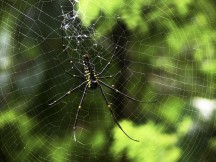
How an orb-spinning spider spins a web?
#globalite Sastha finds out how spiders spin webs. Watch the video at the end – very cool! #scifriday
I have always wondered how the spiders create a web. Yesterday, I came across a Giant Wood Spider or Golden Silk Orb-weaver in the far corner of our yard (the featured picture). Did a small research on the “interwebs” and found all these details.
Spiders use silk to capture their food in a variety of ways ranging from the simple trip wires used by the large bird-eating spiders to the complicated and beautiful webs spun by the orb spiders.
It does not take a long time for the spider to create a web. Most spiders do their web-building at night, so you don’t often see one in action. An orb-weaver takes between 30 to 60 minutes to create an intricate web. Spiders only abandon webs when they face serious threats.
The orb-spinners’ web can measure up to 18 feet and 9 inches. They do their repair in the nights and replace every few days. They are also known to eat the web and recycle it again.
Now, how a spider builds a web:
Step 1: The spider releases a length of thread into the wind.
Step 2: If the spider feels that the thread has caught onto something, it clinches up the silk and attaches it to its starting point.
Step 3: The spider walks across the bridge thread, releasing a looser thread below it.
Step 4: The spider climbs to the center of the loose thread and lowers itself down on a vertical thread to form a Y-shape.
Step 5: The spider lays more frame threads between various anchor points as it walks along the structural threads.
Step 6: The spider lays out radius threads from the center of the web to the frames.
Step 7: The spider lays more non-stick silk to form an auxillary spiral, extending from the center of the web to the outer edge of the web.
Step 8: The spider spirals inward, laying out sticky thread and using the auxillary spiral as a reference.
Step 9: The result is a web with non-sticky radius threads, for getting around, and a sticky spiral for catching bugs.
Watch it in action! Really cool how they “knit” the web!
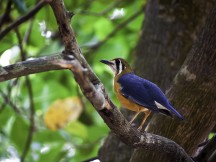
The Fascinating World of Birds
in Ecofriendly
- Do you know there are 9865 species of birds…
- Do you know about 1227 species of birds are endangered/vulnerable…
- Do you know feathers provide birds with waterproofing, insulation, and even protect their skin from UV rays…
- Do you know the Vernal Hanging Parrot is the only bird that sleeps hanging upside down…
- Do you know the Peregrine Falcon is the fastest living creature reaching speeds of 125-165 miles per hour…
- Do you know pigeons lactate/produce milk…
- Do you know the term leucistic (feathers lacking colour or white)…
- Do you know birds do not have teeth…
- Do you know where ever you are, you will be able to find at least 60 species of birds easily in your vicinity..
Sounds interesting? This article is about birding or birdwatching.
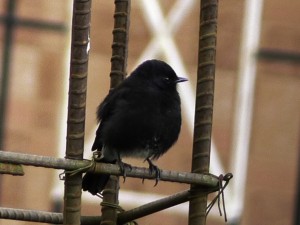
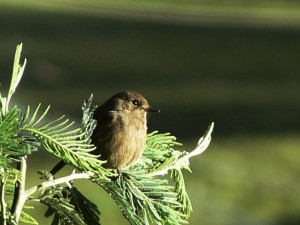 I took up serious birding just about a year ago. Birds and animals, and sustainable conservation of environment has always been an interest to me. I could attend 2 wildlife camps organized by WWF during my school days and my basics were set in then. But could not continue due to various reasons. Now, I am a committed birder. My village is beautiful with a diverse bird life. I am able to identify and photograph 82 species of birds and still counting… It has made me aware of the bird life around… the types of birds, the various sounds and calls, certain behaviors very peculiar to certain groups. Watching birds has number of other benefits… I spent quality time outdoors, I walk a lot, the solitude and oneness with nature is something to be felt, I have a lot of online friends with the common interest, and I am conscious of my surroundings.
I took up serious birding just about a year ago. Birds and animals, and sustainable conservation of environment has always been an interest to me. I could attend 2 wildlife camps organized by WWF during my school days and my basics were set in then. But could not continue due to various reasons. Now, I am a committed birder. My village is beautiful with a diverse bird life. I am able to identify and photograph 82 species of birds and still counting… It has made me aware of the bird life around… the types of birds, the various sounds and calls, certain behaviors very peculiar to certain groups. Watching birds has number of other benefits… I spent quality time outdoors, I walk a lot, the solitude and oneness with nature is something to be felt, I have a lot of online friends with the common interest, and I am conscious of my surroundings.
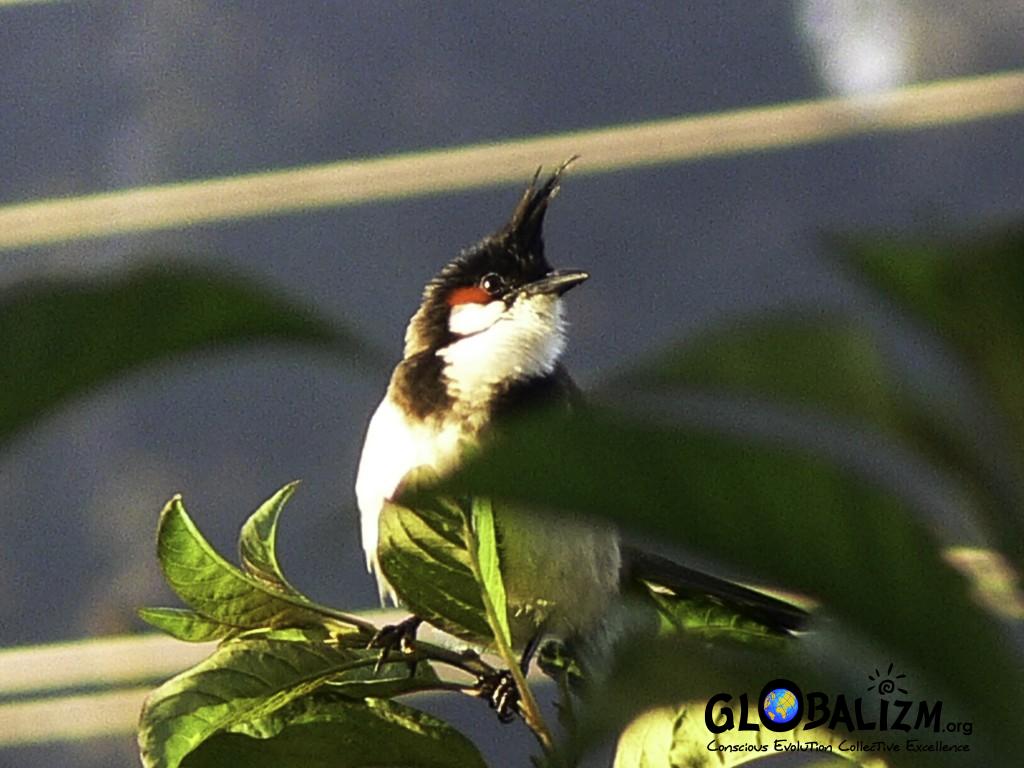 It is a pleasure observing the Babblers noisily foraging the undergrowth, the Treepies letting out a shrill sound and hoping tree to tree, the Mynas with their beautiful expression and colors on their faces arguing with each other, the Kingfisher darting into the murky waters of the pond coming up with a fish, the Bulbuls preening themselves, the Peacock gracefully moving in paddy fields, the Crows chilling out on telephone poles, the Cattle Egrets following a grazing cow, the Parakeets screeching and zooming about, the Drongos’ chasing off a Kite fearlessly, the Sparrows chirping around and being busy all day, the Pigeons cooing coyly… It is a beautiful world out there.
It is a pleasure observing the Babblers noisily foraging the undergrowth, the Treepies letting out a shrill sound and hoping tree to tree, the Mynas with their beautiful expression and colors on their faces arguing with each other, the Kingfisher darting into the murky waters of the pond coming up with a fish, the Bulbuls preening themselves, the Peacock gracefully moving in paddy fields, the Crows chilling out on telephone poles, the Cattle Egrets following a grazing cow, the Parakeets screeching and zooming about, the Drongos’ chasing off a Kite fearlessly, the Sparrows chirping around and being busy all day, the Pigeons cooing coyly… It is a beautiful world out there.
Birders or birdwatchers observe birds in their natural habitat. Birdwatching means learning to identify the birds and understand more about birds and their activities. It is a very interesting hobby/past time/ activity, and the more you learn about the diverse bird life around you, the more you become environmentally conscious.
How to observe birds and bird life around you?
Birds can be observed in your own backyard, your area, and you can travel to places to watch diverse bird life. This is an activity you can do daily and do it all your life.
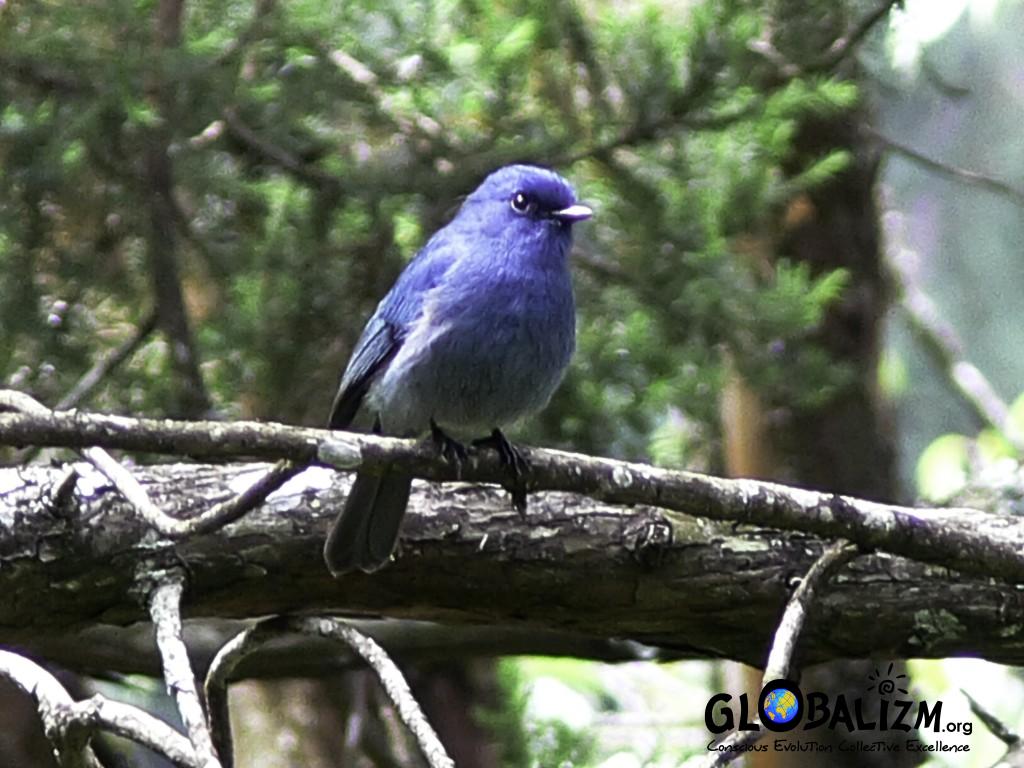 Why observe birds/take up birding?
Why observe birds/take up birding?
They are interesting, beautiful, fascinating; encourages you to explore the world; sharpens your vision/sight; makes you an authority in your neighborhood; we interact with people from various backgrounds who have the common interest and broaden your world view; makes you proactive with regards to environmental issues; encourages you to go outdoors and remain healthy; enjoy the solitude and oneness with the nature around you; it makes you a conscious person.
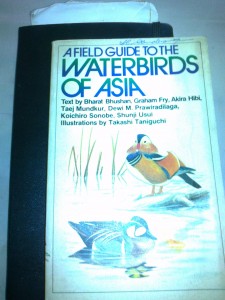 What do you need to start watching birds?
What do you need to start watching birds?
Not much, a binoculars, a field guide, and optional a camera with a decent telephoto lens (250 mm or above). Camouflage clothing, a notebook, a pen, and a hat/peaked cap to shield your eyes from glare.
How do you contribute to science by watching birds?
Birding is about acquiring knowledge, bird names, the songs, their behavior, where they fit in the natural world, the benefits of birds to the food chain, how they aid in pollination, how they control insect population. Birders often contribute to scientific knowledge, the bird population, migratory studies, and keeping a watch.
- Avoid disturbing habitats.
- Observe without disturbing them.
- Do not chase birds or disturb them, stay on the trails, do not disturb nests.
- Avoid using camera flashes.
- Avoid photographing nests.
- Do not use artificial sounds or recordings to attract birds.
Ways to attract neighborhood birds…
- Keep a bowl of fresh water to attract birds… the birds need a water source during the summers. You can keep them hydrated.
- Bird feeder can be kept in your yard with varied food grains.
- Growing bright colored flowers like hibiscus, Ixora, Peacock flower… attracts Sunbirds.
- If you are living in the tropical regions, plant a few fruits bearing trees like papayas, guava, jack fruit, mangoes, cashews… attracts Orioles, Leaf birds, Parrots, Parakeets, Treepies, Cuckoos, Barbets, Koels…
Early morning is the ideal time to watch birds… they are very active hunting/foraging food.  Online resources:
Online resources:
Facebook is a very good medium. There are groups like Indian Birds, Birdwatchers of Kerala, Sanctuary Asia, Indian Wildlife, Cornell Lab of Ornithology, Wild Bird Trust, and many other pages/groups.
//www.allaboutbirds.org/labs/
//macaulaylibrary.org/
//www.wildbirdtrust.com/
//www.indianaturewatch.net/
//wa.audubon.org/
It is a growing past time/study/interest in the world. Do spend a few hours a week watching birds.
[Images Credit: Sastha Prakash]

Picture Change – through Photography.
in Service
(The featured picture is a screenshot of Picture Change – Ooty page. All photos are property of Picture Change.)
We are starting #servicesaturday – a day to focus on causes and community work. Each week we will showcase an organization or individual serving the community in a unique or significant way. Our #organizationpick this week is Picture Change.
Picture Change seeks to empower women and children to discover innate creativity, develop self-confidence, and picture change in their lives and their community through photography. Through photography and writing, Picture Change seeks to empower women and children to realize that they are important merely because they exist and that their circumstances do not define them. By helping someone discover their unique voice through the arts, it can give birth to hope. Hope goes hand in hand with purpose, and purpose can lead to change– within their own lives, families, and communities.
I came across this website basically because of my hometown, Ooty, and my love for photography. I had created a Google alert for Ooty and got a notification about this fascinating project. I’ve read about the Freedom Firm, which does excellent work rehabilitating sex-trafficked women rescued from lives in notorious brothels across India. Picture Change chose four women between the age group of 20-30 years and gave them training in basic photography. After three months they learned the craft and used their imagination to create some wonderful pictures. They explored the Ooty town documenting life in the town. The budding women photographers were involved horse therapy in an awesome organization called the Leg Up India under the Freedom Firm and were able to photograph the horses that have helped them heal in so many ways. The girls also photographed residents of the Ashia Home for the Mentally and Physically Handicapped. In the process they cleaned faces, fixed the hair, and helped them to pose, thereby giving back to the community. The portraits were printed and delivered to Ashia Home. They held a Picture Change gallery show with each student displaying 15 of their favorite photographs from class. Nearly 200 community members came to the show. The girls were presented with roses and were thoroughly celebrated for the wonderful women and talented photographers they have become. Almost all their works were sold in an auction and the proceeds went back to Freedom Firm.
I was truly touched by this project and the confidence building measures enabling the women to leading a normal life.
Later, I came to know such photo shoots have helped people in Nashville, TN and in Nicaragua.
Such novel ideas should be promoted and brought to light, and this article is a small attempt towards this.
The student photos are for sale from the website, the profits goes back to the students to pursue their interests.
HOW PICTURE CHANGE BRINGS ABOUT CHANGE
1. Partnering for the long-term. Partner with an organization already established in the community.
2. Use cameras to teach basic photography skills. Students also write about themselves, their families, communities, fears, dreams, etc.
3. Give back to the community. Students are the photographers and assistants for a community-wide photo shoot by providing portrait sessions to those who would like them.
4. Picture Change puts on a gallery show. The show is to give the students and their families a public, tangible event to be proud of and give the community a show to remember. Everyone needs to be celebrated.
5. Sustainability. All of the photography equipment is entrusted to the partnering organization and student-leaders are trained to maintain the program and continue photography in the community. Picture Change also creates social media pages which the students maintain for their photography and share their work and their voice with the world.
FOUNDER AND TEACHER
Kate Gazaway is the founder of Picture Change, from Georgia and lives in Nashville. She teaches photography to all involved in Picture Change and committed in bringing about change through photography.
ONLINE PRESENCE
Website: //www.picture-change.org/
Facebook: //www.facebook.com/picturechange
Twitter: //twitter.com/@picturechange

Conscious Living Tips & Ideas #7
in Tips & Ideas
Globalites share their one habit or practice to live consciously every day.
Atticus’ daily habit to live consciously:
I keep a bowl of fresh water in our yard for the birds and small animals like squirrels, and change the water daily.
(Here’s a picture of a birdie visitor!)
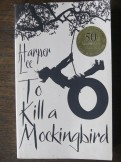
My Favourite Book and how it influenced my thoughts
in Books
The best books… are those that tell you what you know already, but you forgot. ~ George Orwell.
I reflect on many aspects of life. There are many times I have felt that I have no control over situations which are beyond my grasp, my reasoning, and that nothing can be done about it. Sometimes, I get frustrated and helpless. Then, I recite the prayer by the American theologian Reinhold Niebuhr (1892–1971), “God, grant me the serenity to accept the things I cannot change, the courage to change the things I can, and the wisdom to know the difference.”
Maybe it is one way of resigning from the reality of such situations and a way of living in the times of great uncertainties. But the greatest gift to man is one can still choose to lead an honourable life without getting highly influenced by the negativity. And our conscious decisions and thoughtful actions can bring about change. The change has to come from inside. For me many of my thoughts and actions are quite influenced by the books I have read. Some books have left a deep impact in my thoughts and actions.
The earliest of books read out by my grandma were the greatest influence in my life and they are the Ramayana and the Mahabharata. We did not have electricity in our village in Kerala back in the late 1970s and early 1980s. We literally burned the midnight oil reading with the little kerosene lantern. I used to long for our winter holidays to go there to listen to those wonderful stories. Grandma was a fantastic storyteller, those epics were in Sanskrit and she would translate it to Malayalam. She is the person who took me into the world of books and my curiosity and thirst for knowledge grew with time. Some books gave a radical shift to my thinking.
There is one particular book that left an indelible impression on my thoughts and perception about a conscious life, and it is the book by Harper Lee, To Kill a Mockingbird. This is the only published book by the author, which dwelt on the issues of racism in the US during her childhood. The book gives a true picture of the rural America with all the eccentricities and the racial discrimination prevailing at the time.
A synopsis… Scout Finch lives with her brother, Jem, and their widowed father, Atticus, in a small town in Alabama. One summer, the children befriend a boy named Dill, and the trio acts out stories together. Dill becomes fascinated with the spooky house on their street called the Radley Place, where the reclusive brothers Nathan and Arthur (Boo) Radley lived. Scout begins school that year and in a short time hates it. The siblings find gifts apparently left for them in a knothole of a tree on the Radley property. The following summer Dill returns and they begin to act out the story of Boo Radley. Atticus puts a stop to their antics, urging the children to try to see life from another person’s perspective before making judgments. As days go by, Atticus agrees to defend a black man named Tom Robinson, who has been accused of raping a white woman. Due to this decision, Jem and Scout are subjected to abuse from other children. Tom Robinson’s trial begins. The accused man is placed in the local jail, a mob gathers to lynch him. Atticus faces the mob that night. The children sneak out of the house to join him. Scout recognizes one of the men, and her polite questioning about his son shames him into dispersing the mob. In the ensuing trial, Atticus provides clear evidence that the accusers, Mayella and her father Bob Ewell were lying. Despite evidence pointing to Tom’s innocence, the all-white jury convicts him. Tom later tries to escape from prison and is shot to death. In the aftermath of the trial, Jem’s faith in justice is badly shaken. After the verdict, Bob Ewell feels that Atticus and the judge have made a fool out of him, and he vows revenge. Ewell attacks Jem and Scout as they walk home from a Halloween party. Boo Radley intervenes and save the children, but he fatally stabs Ewell. The sheriff protects Boo by saying Ewell tripped over and landed on his own knife. Later, Scout can imagine what life is like for Boo and embraces her father’s advice to practice sympathy and understanding and demonstrates that her experiences with hatred and prejudice will not sully her faith in human goodness.
My favourite character will be always Boo Radley, he watched everything and left gifts for the kids. He was the person to save the kids in the end. I loved the part when Scout leads him back home after the fight and killing of Ewell.
Atticus is a very upright man with a heart in the right place. He transforms quiet decency, legal acumen, and great parenting into the most heroic qualities a man can have. It is also said… No real-life lawyer has done more for the self-image or public perception of the legal profession.
A short note on the title… Atticus gives his children airguns for Christmas and he warns them that, although they can “shoot all the bluejays they want”, they must remember that “it’s a sin to kill a mockingbird.” Later it is explained to the children, mockingbirds never harm other living creatures and that mockingbirds simply provide pleasure with their songs, saying, “They don’t do one thing but sing their hearts out for us.”
The book is an eyeopener to the racial injustice, the loss of innocence, about courage, compassion, and it emphasizes tolerance and decries prejudice. Even if this was set a long time ago… it still has valuable insights to the problems faced even to this present age.

Conscious Living Tips & Ideas #1
in Tips & Ideas
Globalites share their one habit or practice to live consciously every day.
Atticus’ daily habit to live consciously:
I always carry a cloth/jute bag for shopping, by doing this I avoid the reckless usage of plastic bags.
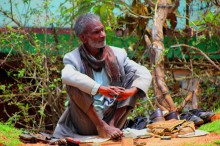
The Cobbler in Ooty
in Life Lessons
I visited Ooty in 2008, my hometown, after a long time. Some say it has become congested and polluted, but to me it remains a beautiful place with the air crisp, the surroundings green, and the weather wonderful.
When I was there I had to repair my leather slippers and went to the nearest cobbler. He was an old man and had very meager tools and essentials. He took some time to repair them and did a very good job. I asked him what his charges were and he asked me to give four rupees. I was surprised and was ready to give him Rs.15/- and I offered him Rs.10/- and asked him to have some tea. He staunchly refused to take the tip and was adamant in giving me back the change. I reluctantly took the change and thanked him for the good job.
Back at my friend’s place, I told him the whole episode and my friend told me the most improbable story…
This old man lives with his sister and both happened to be single and they have a small place to live. He makes enough money to buy rice (Rs.10), some vegetables (Rs.10) and the funniest part was he needed Rs.12 for a small of brandy everyday (I found it funny because a small peg of brandy doesn’t give the slightest buzz! Clearly, he was even a disciplined drinker 🙂 ). He never takes more money from people and gets angry if offered more than what he had asked.
The summary of this story… there are some people who are happy with what little they have and their needs are so little. I found this man so interesting that I wondered if greed, want for material things or creating wealth had ever crossed his mind or if he had resigned to this lowly existence. I concluded that both may have happened, and he had the courage to accept his limitations and lead a quiet life. This incident made me think a lot and it struck a cord with a short story I read long back, I am not sure of the title or the author. But the gist of the story is like this… there was an excellent German cobbler in London, who used to make handmade shoes which lasted for longtime that the author found not much need for repair or go for a new one frequently. Then came the factory-made shoes and the demand for the protagonist’s shoes came down. The cobbler did not believe in the factory-made shoes and did not accept the change. He insisted on making his own shoes to be sold in his shop. The things took for a worse turn and this cobbler died of hunger and poverty. The author came to know of this very late to do anything.
In both the stories I could find a common link and that is what I call INTEGRITY and courage to go on with one’s convictions.
It reminds me of Balzac’s quote… “Conviction brings a silent, indefinable beauty into faces made of the commonest human clay.” This is what I felt when reflecting on the cobbler of Ooty, and that courage is the foundation of integrity.
